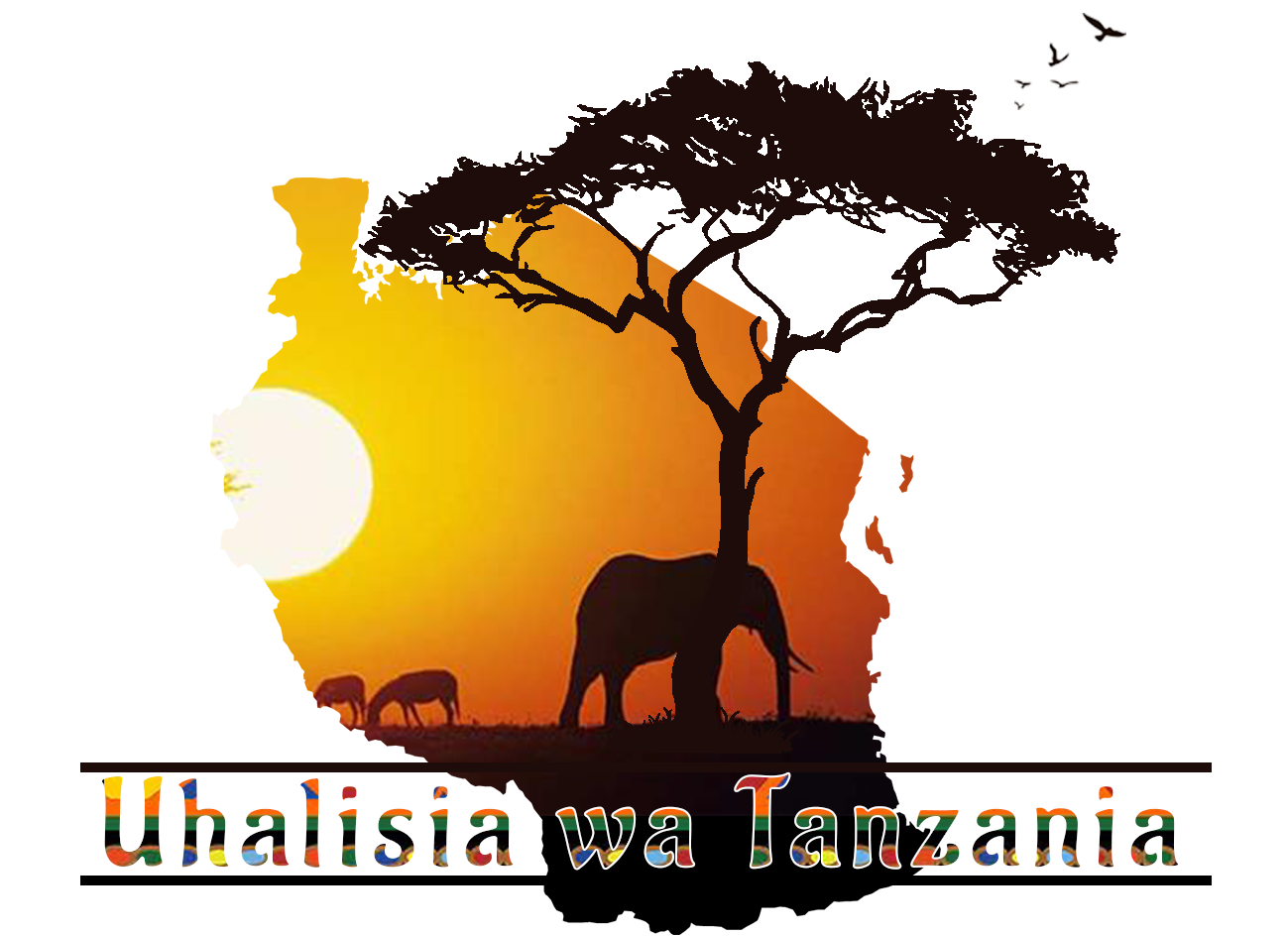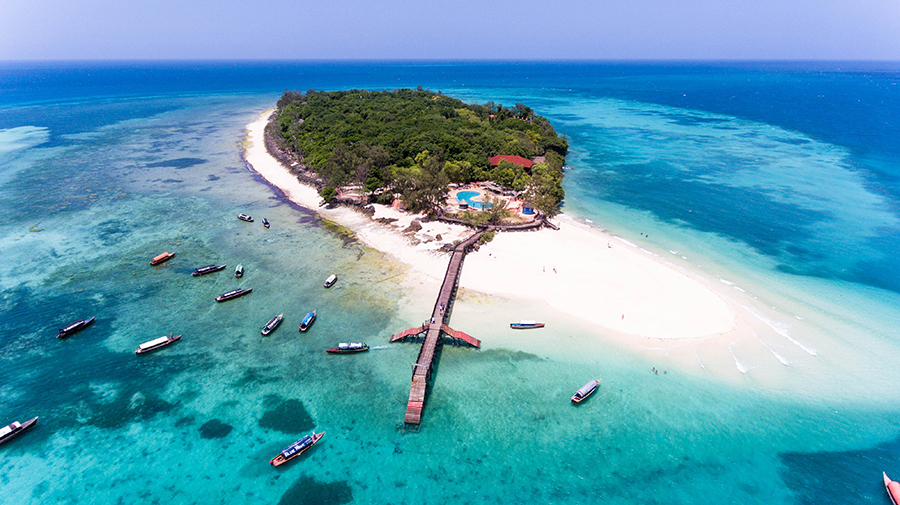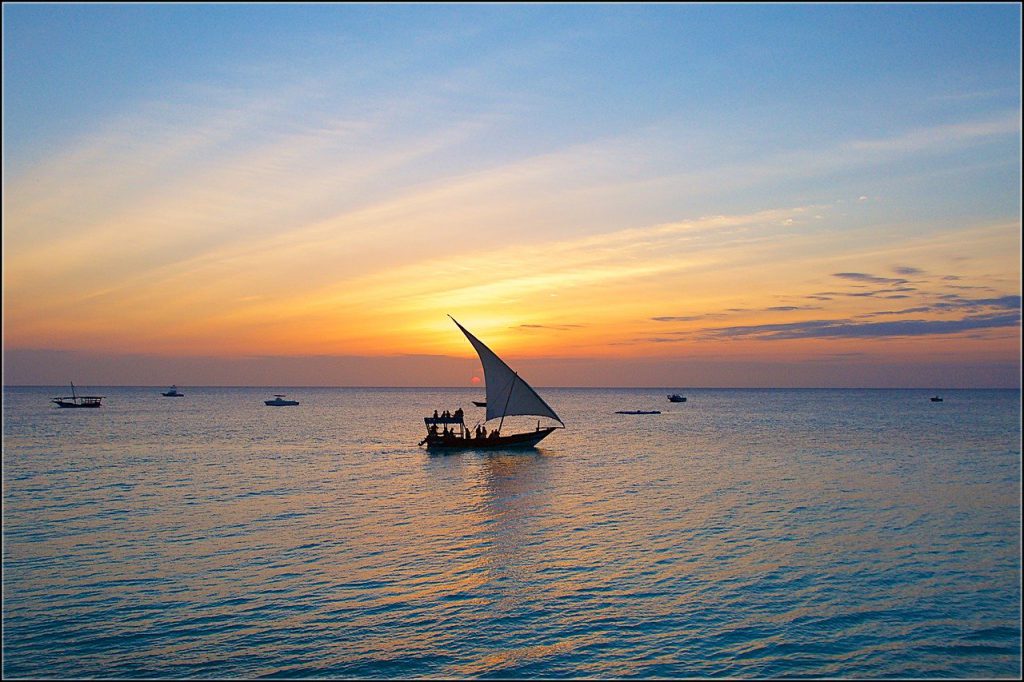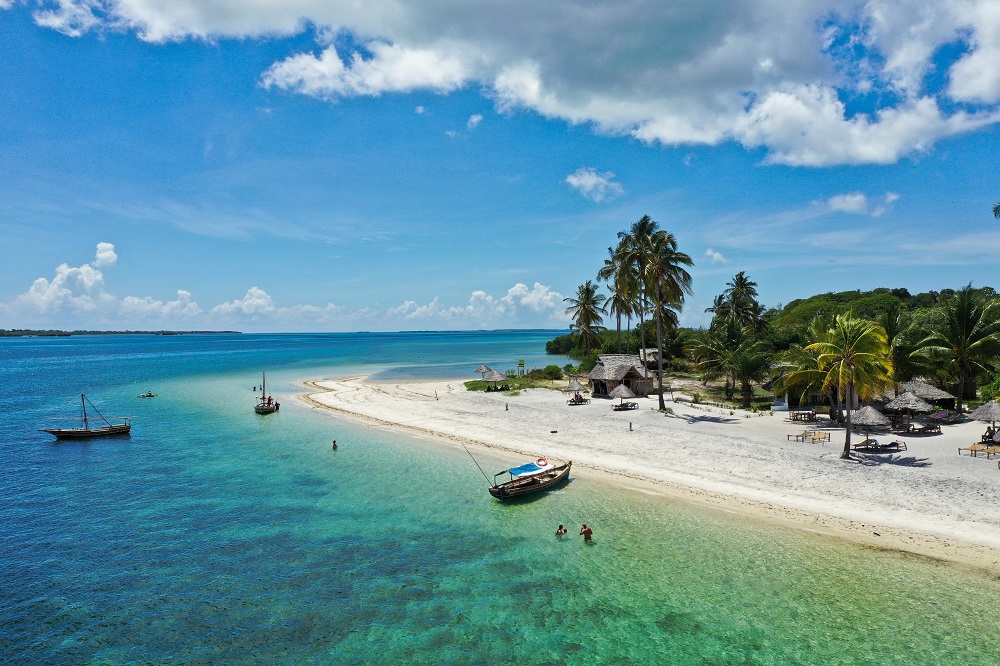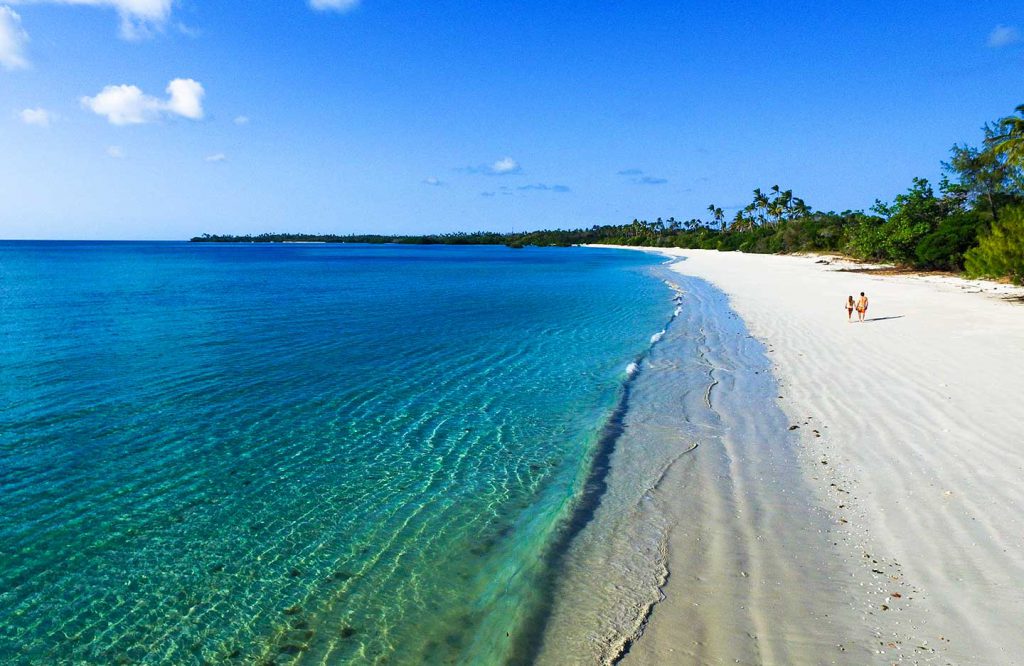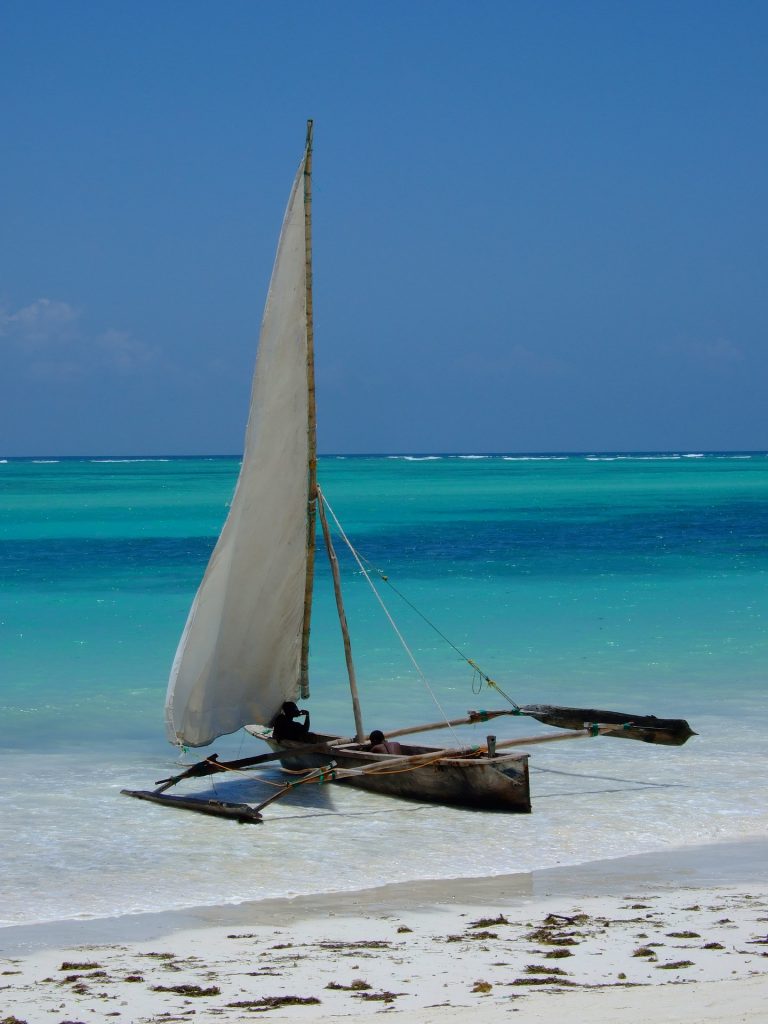Zanzibar
Everything you need to know about your Zanzibar holiday
Facts about Zanzibar
Tropical Beaches
Pristine Coastlines With Tropical Beaches Few World Destinations Conjure Such Exotic Visions As The Spice Islands Of Zanzibar
Archetypal Island
Postcard-Perfect Beaches, Turquoise Seas And Stunning Luxury Lodges And This Archetypal Island Paradise Is So Much More Than It First Appears
Get to know Zanzibar in Detailed
Welcome to Discover Africa’s Zanzibar holiday guide. A Zanzibari holiday offers the intrepid traveller the best that Africa’s coastal destinations has to offer. From the legendary Stone Town with its intriguing history, to its pristine coastlines with tropical beaches. Curate your holiday experience and let us do the rest for you. It couldn’t be more easy.
Few world destinations conjure such exotic visions as the spice islands of Zanzibar. Look beyond its postcard-perfect beaches, turquoise seas and stunning luxury lodges and this archetypal island paradise is so much more than it first appears.
Beneath the tranquil surface a fascinating and turbulent past lies veiled; whispers of a time when giraffes were sent as gifts by sultans and spices were worth much more than gold.
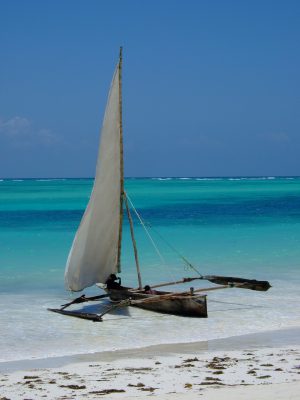
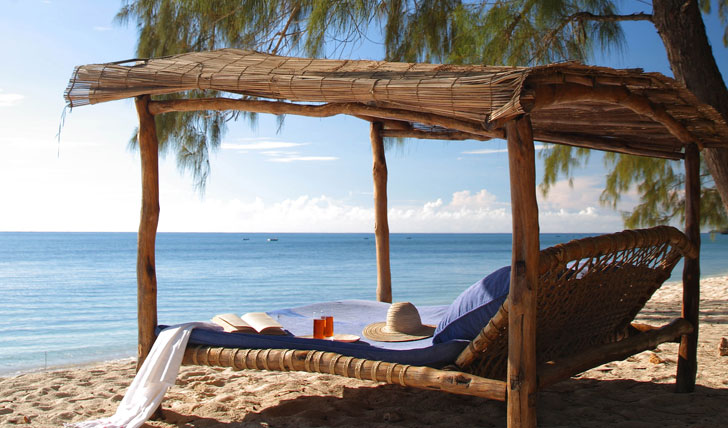
One of the Most Beautiful Island
The frenetic focal point of African, Arabian, Indian and Persian trade for over a millennium, this East African archipelago has harboured Portuguese carracks bound for India and been the staging post for some of the Victorian era’s greatest explorers – David Livingstone and Henry Morton Stanley to name just two. But it’s not only sultans and sailors and dhows stuffed with spice, Zanzibar’s enchanting history has a dark side too. For hundreds of years her crowded slave market was the grim epicentre of a vast network that stretched inland to the shores of Lake Tanganyika, south around the Cape Peninsula and northwards to Oman and the date palms of Arabia
Today, evidence of this rich, troubled history can be readily found in Stone Town’s unique mix of Swahili, Arabic and Indian architecture, the thought-provoking museums, the fusion of fragrant cooking styles and, of course, the ever-present scent of spices caught on the passing breeze.
Visitors can enjoy locally-guided spice tours, cooking classes, stylish boutiques and colourful markets awash with hand-crafted silver jewellery, leather goods and clothes. Away from the bustle of Zanzibar Town, the islands’ beaches are some of the best in the world and off shore there’s scuba diving with turtles or whale sharks, and sunset dhow cruises to deserted, tidal sandbars.
On the archipelago’s three larger islands you’ll find a range of lodges and activities for every dream and budget. The main Zanzibar Island (proper name ‘Unguja’) is the largest and busiest, then Pemba to the north with its excellent diving and laid back vibe, and finally the more exclusive Mafia Island in the far south – the best place to see hatching turtles (between June and September). Between these main landmasses, a scattering of smaller isles shelter protected reefs and some of the most stunning barefoot luxury resorts in the world.
A holiday to Zanzibar isn’t just a holiday to any tropical island, but a unique blend of cultures and experiences, a chance to bask in an ancient archipelago with a still-tangible history like no other in the world.
Zanzibar’s islands have been inhabited for many hundreds of years and although ancient records refer to imported elephants and other iconic species, you won’t find any of Africa’s major land mammals here today.
For the best chance of seeing Zanzibar’s smaller, rarer and in some cases, endemic species, head to Jozani Forest Reserve just south of Zanzibar Town or Ngezi Forest Reserve on Pemba Island. Jozani is home to the fabulous Kirk’s red colobus monkey, which with its distinctive grey tufts and ochre-red back is one of the rarest sights in Africa. Even rarer, and much harder to spot, are the diminutive Zanzibar suni, Ader’s duiker and Pemba blue duiker, all species of antelope found only in the archipelago. The Pemba flying fox (really a huge fruit bat with a wingspan over 1.5m) is another native to the northernmost island, while Chumbe and Chapwani Islands are known for their giant coconut crabs, and nearby Changu (Prison Island) for its resident (though introduced) giant tortoises. Over 200 species of bird have also been recorded across the islands, including the Pemba sunbird and Pemba scops owl, both endemic to Pemba Island.
Beyond the mangrove and coconut forests, shallow tidal lagoons give way to stunning coral reefs and beneath the waves a whole new world unfolds. Zanzibar is a breath-taking destination for diving and snorkelling, though overfishing and careless management have damaged some areas. Chumbe Island, south of Zanzibar Town, has a protected reef which is reserved for snorkelling only. For diving, the best sites are off Pemba and Mafia – the former known for its spectacular wall dives and open-ocean pelagic fish and the latter for Chole Bay, arguably the best coral garden in East Africa. Visit Mafia between September and March and you’ll also have the chance to swim with whale sharks, while from June to September nearby Juani Island hosts one of the world’s most special sights – the mad seaward dash of hatching turtles.
Stone Town
It’s impossible to soak in everything Zanzibar has to offer without maxing out your visa and staying the full three months.
The main Zanzibar Island itself is already more than can be explored on the average summer holiday, and Pemba and Mafia are wonderful destinations in their own right. With its superb diving, myriad islands and inlets, rich cultural history, delicious seafood and broad mix of laid back, luxurious (and often very affordable) lodges and hotels, Zanzibar pulls visitors back time and again.
Happily, a trend towards sustainable tourism is also increasingly evident in recent years, allowing visitors to support the excellent work many operators are doing to promote local development and wildlife conservation. But whether you’re combining the islands with a mainland safari or treating yourself to the spice isles alone, Zanzibar is a paradise not to be missed, a dream that only gets stronger once you first touch its shores.
Stone Town
Stone Town is Zanzibar’s historic heart, a bewildering maze of streets and alleyways that form the westernmost tip of Zanzibar Town. These days the island’s bustling capital is home to some quarter of a million people, but lost in the tangle of Stone Town’s narrow streets it’s easy to imagine yourself floating back in time. Twisting passages unfurl beneath delicate balconies as you dodge clattering coffee carts and slip by past ornately carved doors. At three and four stories the buildings tower overhead, leaving just a ribbon of sky between billowing laundry and shutters flung wide. Though first settled by the Portuguese in the 16th century, most of Stone Town’s construction dates to the 19th and (to a lesser extent) 18th centuries – a mesmerising mix of Arabic, Persian, Indian and British architecture – and Victorian era accounts of the quarter carry an authentic feeling to this today.
Nungwi and Kendwa
On Zanzibar Island’s northernmost tip, the once sleepy village of Nungwi is still the traditional centre of dhow building on Zanzibar. An old favourite among backpackers and hippies, the scene has transformed in recent years with hotels, bars, hostels and dive centres now lining the sandy shoreline in a near continuous strip southwest to Kendwa. The still relatively quiet village of Kendwa has also expanded, but its uniquely wide beach and understated resorts continue to offer a more laid back vibe.
Matemwe
Matemwe, and neighbouring Kigomani, are the northern-most villages on Zanzibar’s east coast. A quiet fishing community under gently swaying palms, Matemwe village lies half concealed behind a modest line of beachfront resorts, which range from simple cottages to plush private villas. An excellent beach spills into a narrow, sheltered lagoon where dhows and outriggers rest on the tide. This is a corner of the island where the slow pace settles in – ideal for those wishing to escape the crowds.
Pingwe, Dongwe and Michamvi Peninsula
The Michamvi Peninsula just north from Chwaka Bay, a narrow, thumb-like headland that boasts some of Zanzibar Island’s most exclusive hotels and resorts. The north-western tip has the added advantage of being the only true sundowner spot along the east coast, with a kilometre and a half of pristine west-facing beachfront and magnificent views across Chwaka Bay. Most of the peninsula’s luxury resorts face east however, scattered along the beach between Dongwe and Pingwe Village. Some of these are Zanzibar’s most refined and stylish, complete with private dive centres, private plunge pools and spas.
Bwejuu, Paje and Jambiani
The 10km beach between Bwejuu and Jambiani Village starts relaxed and low key north of Bwejuu, swells with backpackers and kite surfers in Paje, then tapers off gradually into equally understated Jambiani. There’s plenty of excellent midrange and budget accommodation available, though only a handful of resorts that would qualify as exclusive. This stretch of coastline attracts families and a younger crowd, split between the quieter beaches to the north and south, and the relaxed beach bars, restaurants and water sports of Paje.
Ras Kizimkazi
A rarely visited corner of southwestern Zanzibar, Ras Kizimkazi offers a handful of quiet, laid-back lodges, plus a pinch of the ultra-exclusive. The region’s two small villages lie a few kilometres apart, Kizimkazi Dimbani is on the southernmost tip of the island and the busier Kizimkazi Mkunguni is up the coast to the northwest. Most of the region’s tourism revolves around dolphin excursions; the small and in places rocky beaches are undeniably beautiful, but lack the pull of the island’s east coast.
Pemba Island
About 50km northeast of Zanzibar Island (more accurately, ‘Unguja’) lies the archipelago’s second largest landmass, Pemba. Pemba has forever been Zanzibar’s most green and fertile isle, and most of the cloves for which Zanzibar is famous are grown here. The annual harvest runs from July to January when the scent of drying cloves lingers on every passing breeze. Most visitors to Zanzibar never make it to Pemba, however, and the island remains far quieter than its big brother Unguja. Accommodation options are also far more limited, but by no means run-of-the-mill. Most fall somewhere between the mid-range and ultra-luxurious, including some of the most spectacular beach resorts Zanzibar has to offer.
Mafia Island
150 km south of Zanzibar Island lies the third largest isle in the archipelago, Mafia. In fact, Mafia Island is so far removed and has so many smaller satellites of its own, that it’s really a miniature archipelago in its own right. Rarely visited, and much quieter even than Pemba, Mafia and its surrounding islands are a diver’s paradise. Huge groupers, rays, turtles and whale sharks all frequent its warm, clear waters and Chole Bay is perhaps the best coral garden in East Africa. Accommodation around Mafia tends to be intimate and upmarket, and for the ultimate in exclusivity, stunning private island lodges are also available.
Things to Do
Jozani Forest
Spice Tour
Stone Town Tour
Prison Island
Mangrove FOREST
swim with whale sharks (between September and March in MAFIA)
diving and snorkelling
Zanzibar Island
Be Inspired
Some or the most common Animals that you can possibly see them during the Safari Tour.
Request a free quote today.
+255 784 590 722
Info@uhalisiawatanzania.com
Our team is always ready to serve and give you a hand of help don’t hesitate to contact us at any time.
© 2021 Uhalisia wa Tanzania. All rights reserved
